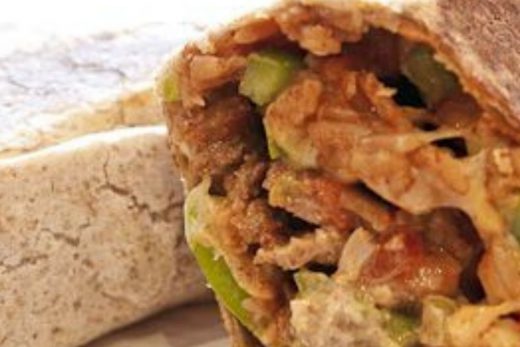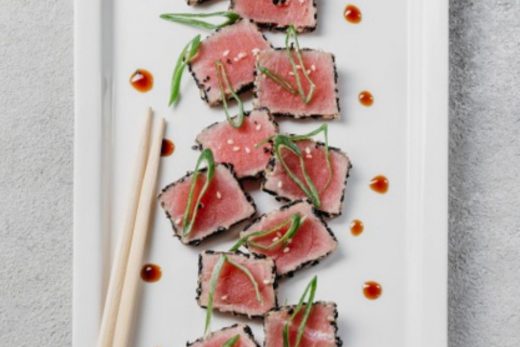Tequila, as most know, arises from agave, specifically the blue Weber agave, botanically known as Agave tequiliana. Agave is a perennial, flowering plant, primarily found in Mexico, but some species grow in the southwestern US and parts of South America, and even as far north as Alberta, Canada. Agave is a succulent—a water-retaining plant that stores water in leaves, stems, and roots. Cacti are also succulents, but the agave is not a cactus. The agave is more closely related to the lily family.
The plant used in tequila, the blue Weber agave, is a species native to Jalisco, Mexico. It’s also known as blue agave (agave azul), tequila agave, mezcal, or maguey. The blue Weber can reach over two meters in height. The word piña is used to describe the heart of the agave plant, refers to the idea that the heart resembles a pinecone or pineapple.
Regional Differences
Highland agave plants are large and sweet, with piñas of 90 to 125 kilograms. Lowland agaves are more herbaceous and smaller, with piñas of 60 to 80 kilograms. These flavor differences continue on into the tequilas made from the different agaves; a fun way to run a tequila tasting might be to compare lowland tequilas to highland versions—for example, compare Partida (a lowlander) to 7 Leguas (a highlands tequila).





